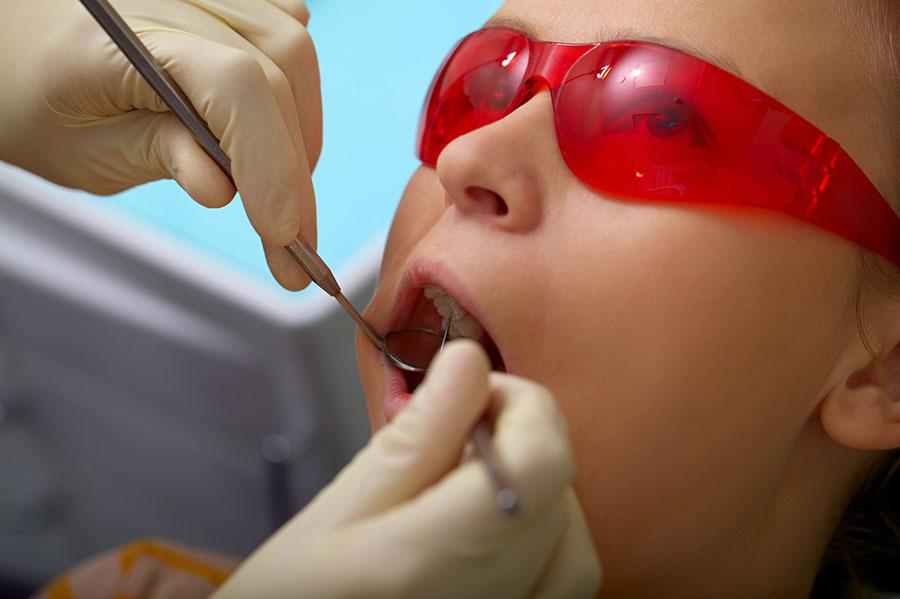
Oral health and HPV Vaccination: A Missed Opportunity?
Cases of human papillomavirus (HPV) associated cancers continue to increase in the US, yet according to the CDC, only about half of adolescents have received the HPV vaccination. Even more alarming are the rates of HPV-associated oropharyngeal cancers, which prompted the American Dental Association to issue a policy encouraging dental providers to actively talk about and promote the HPV vaccination with their patients.
Not many people would think about talking with or hearing from their dental hygienist or dentist about HPV, but Jenny Oliphant, research associate and community outreach coordinator for the Healthy Youth Development – Prevention Research Center, thinks that is exactly the next step we need to be taking to impact access to care and broaden awareness of oral health’s impact on adolescents’ (and adults’) overall health.
Oliphant recently obtained funding from the Dental Trade Alliance Foundation through the Ignite Innovation Oral Health Care Grant to support a 1-year pilot study focused on increasing dental providers’ HPV vaccination knowledge and ability to share this information with adolescent patients and their parents. Partnering with pediatrician Eileen Crespo, MD, FAAP, and Delta Dental of Minnesota, Oliphant aims to train and educate dental professionals using a teaching strategy that utilizes role-play between providers and adolescent and young adult actors. These actors are part of a UMN-developed program called YouthChat. For the past two decades, supervised by Oliphant, YouthChat actors have taught medical residents and nurse practitioner students how to effectively communicate with adolescents regarding a wide range of health topics.
Two metro dental clinics will participate in role-play training with actors, using scenarios that dental professionals may run into with adolescent patients and their parents. “This is a new strategy being implemented in oral health care,” says Oliphant. “If we can reach adolescents beyond just their regular clinic settings and beyond their regular physicians/nurse practitioners, we could potentially increase their likelihood of getting the vaccination.”
Currently, Oregon is the only state that allows dental providers to administer the HPV vaccination. Oliphant hopes that with the provided skill-building training and resources, dental professionals in Minnesota will become comfortable talking with adolescent patients and their parents about HPV, how the vaccination can help protect them from a variety of cancers, and how they can obtain the vaccine. “By having our oral health care providers promoting this vaccination, young people who might not be receiving regular clinic visits can be informed about their health care options and hopefully empowered to advocate for their health and wellbeing,” says Crespo.
Oliphant will use qualitative interviews to measure the effectiveness of the program. “Our goal with this pilot study is to familiarize dental health professionals with the HPV vaccine and get them comfortable talking to their patients about why and how they can obtain it. Incorporating an additional member of an adolescent’s health care team in promoting this vaccine will hopefully increase the number of adolescents who are getting protected from HPV every year,” says Oliphant.